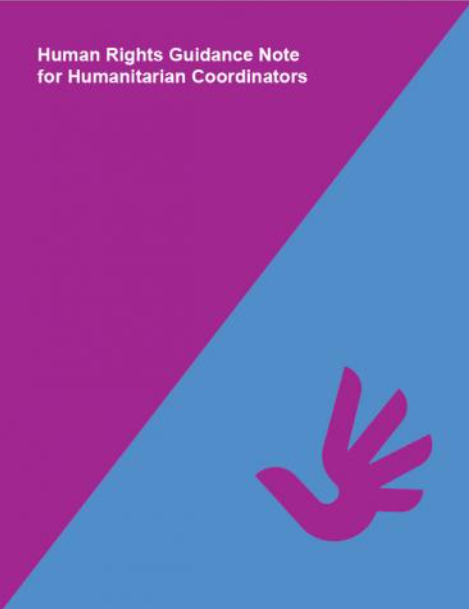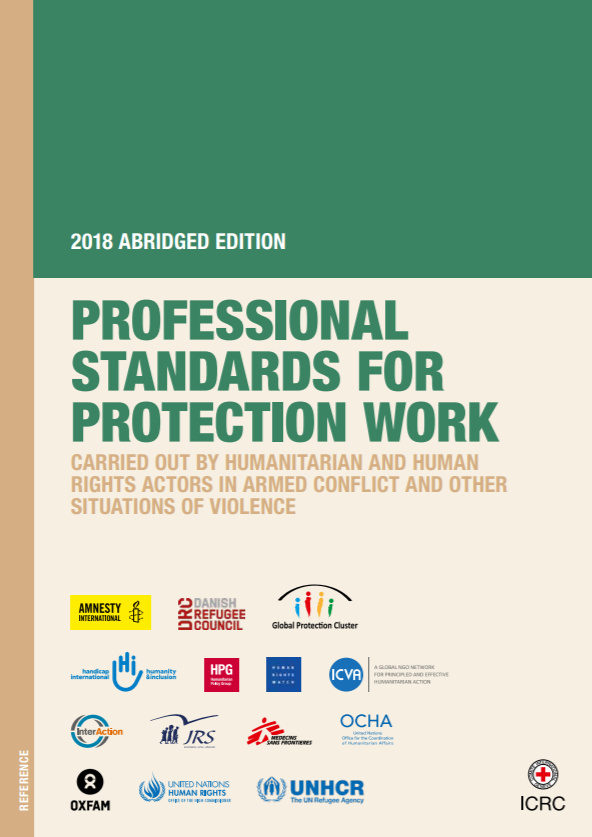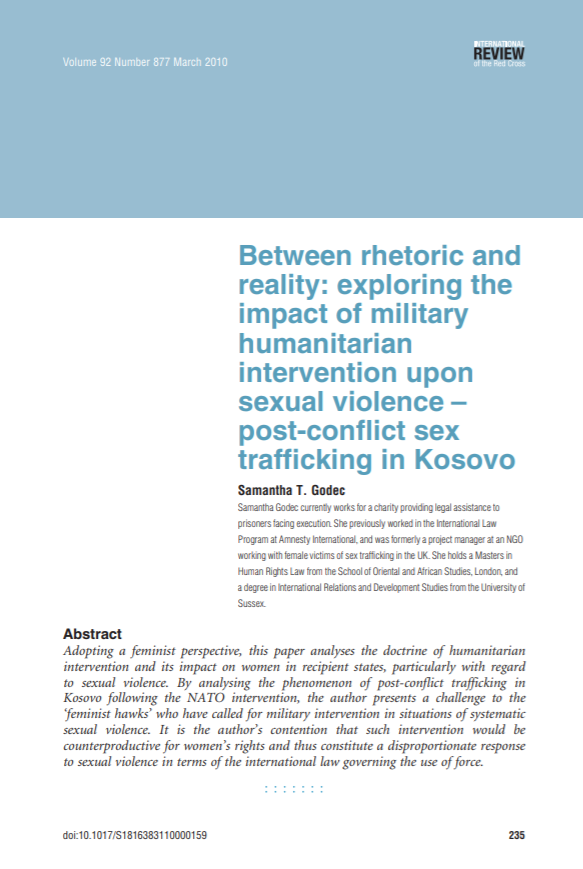To Serve and to Protect Human Rights and Humanitarian Law for Police and Security Forces

Law enforcement officials play a key role in society, serving and protecting the people and upholding the law. That role is valid at all times, including during armed conflicts and other situations of violence. By engaging in dialogue with police and security forces about the law and their operations, the ICRC supports their efforts to incorporate the rules and standards of international law into their procedures. For the past 20 years, the manual "To Serve and to Protect" has provided guidance for that dialogue. This updated version takes that successful endeavour a step further, using recent experience to explain the international rules and standards applicable to the law enforcement function and their practical implications for law enforcement work.
Country
Worldwide
Region
Worldwide
Year
2014
Topics








